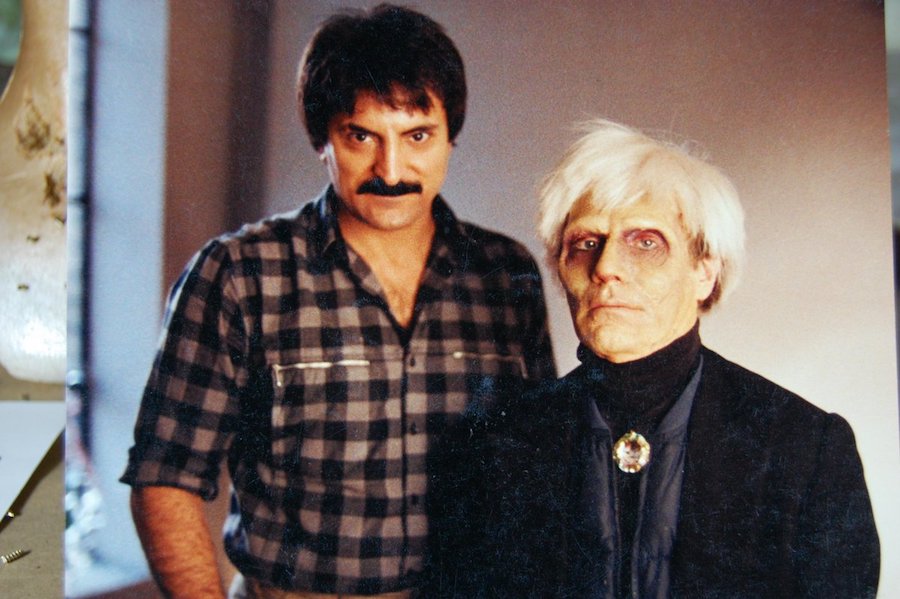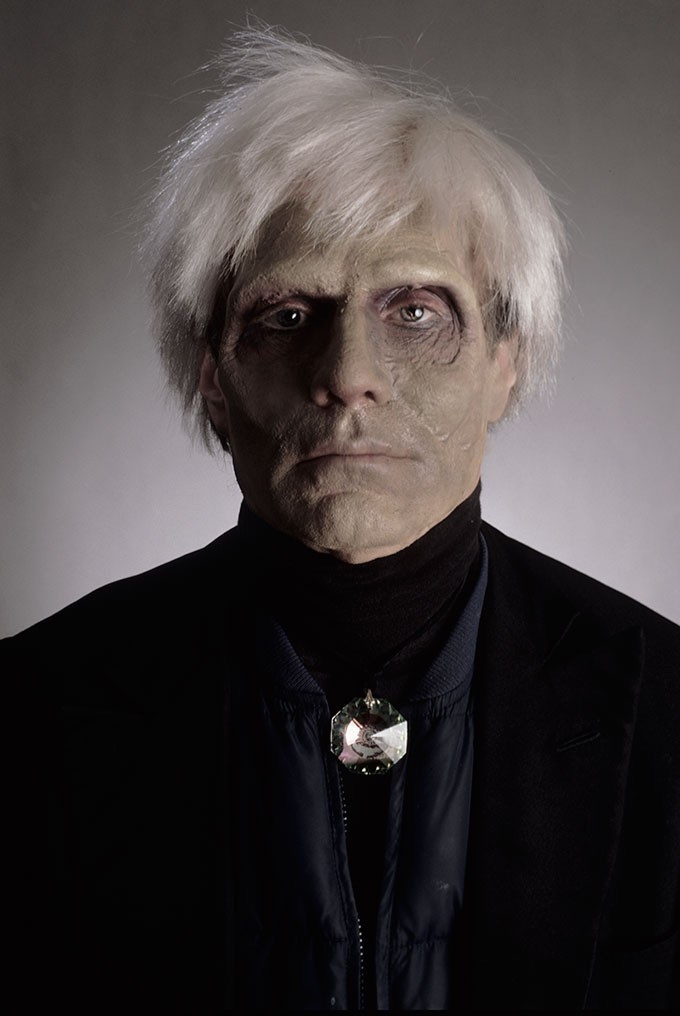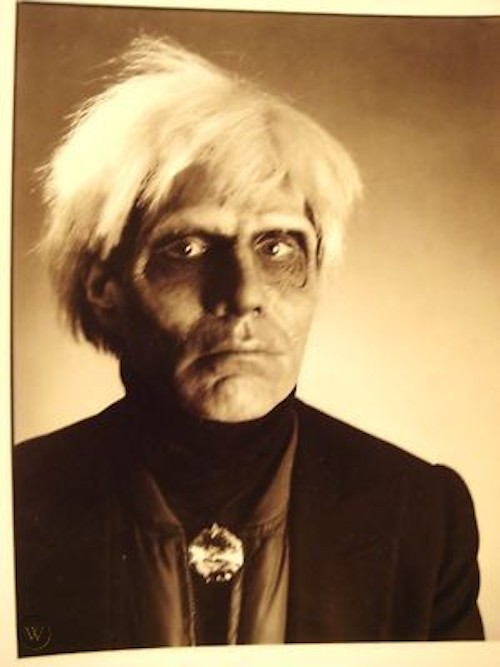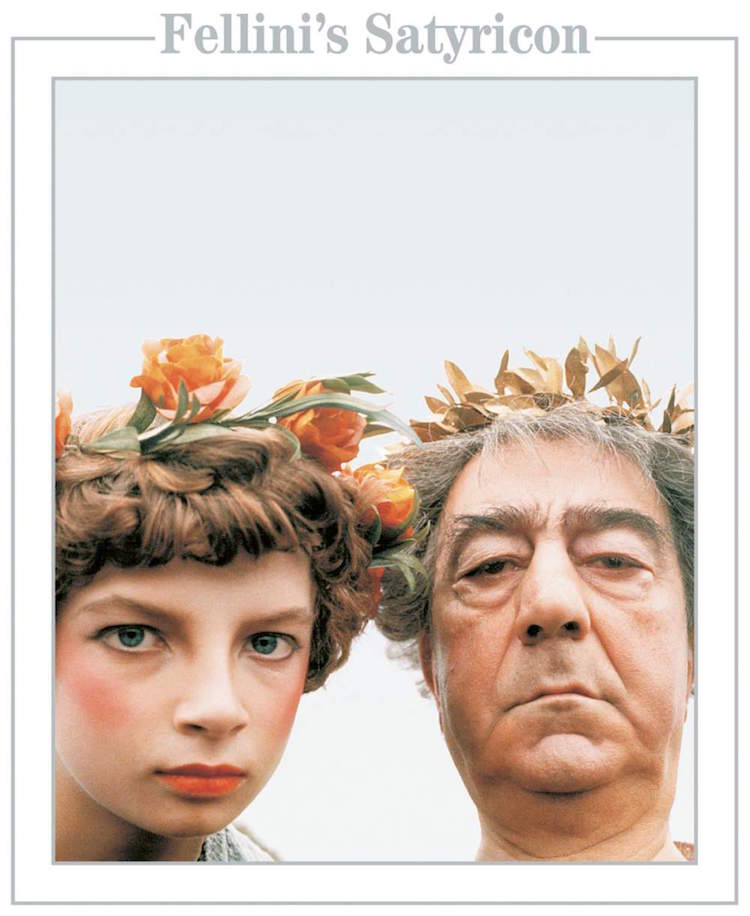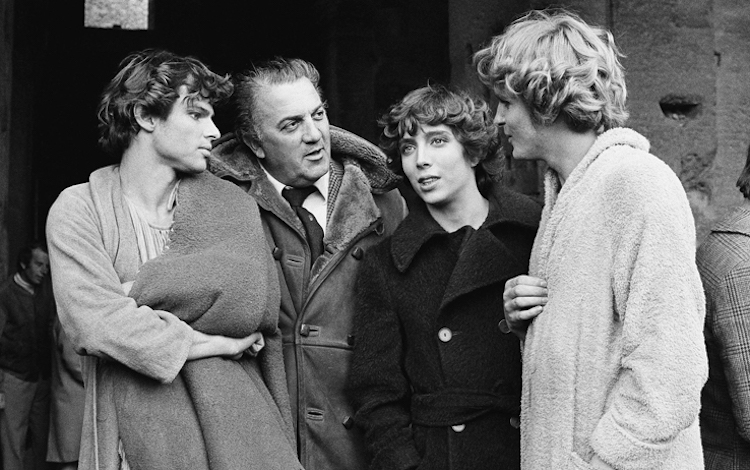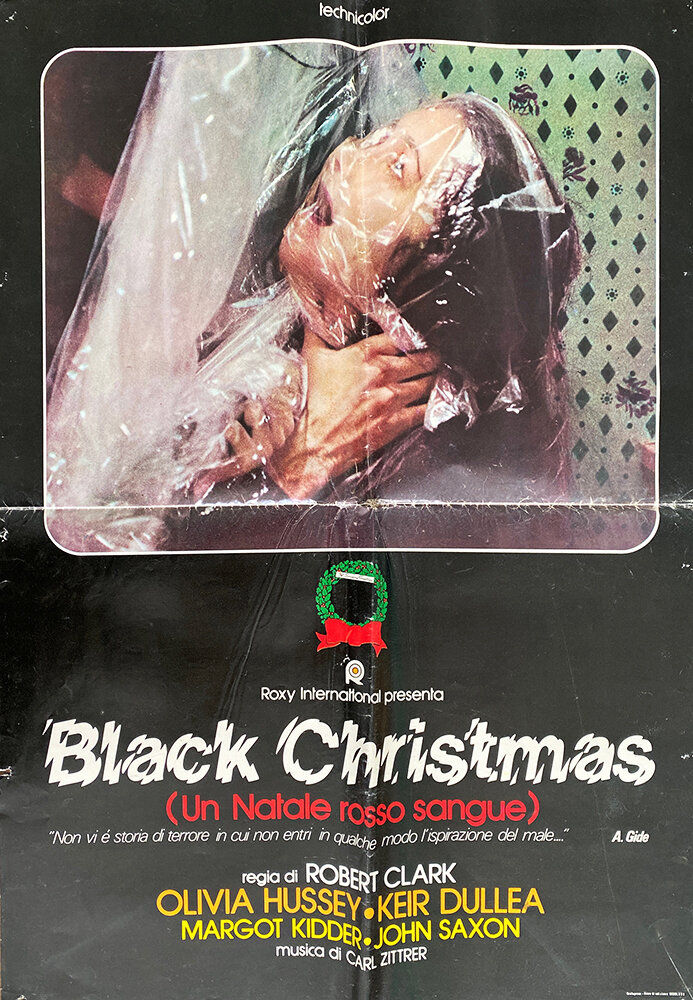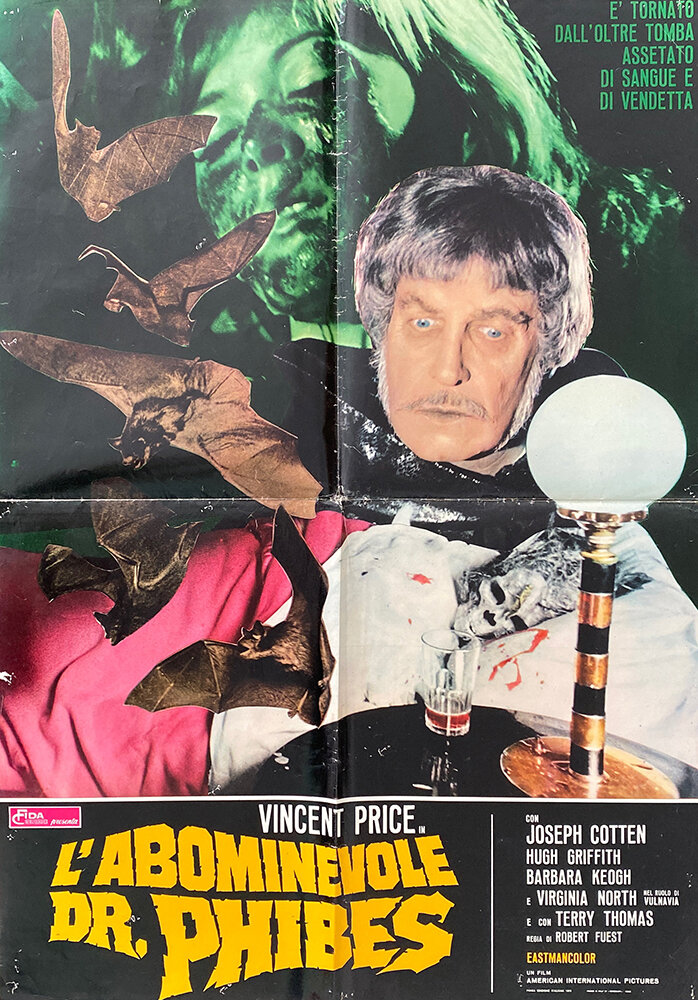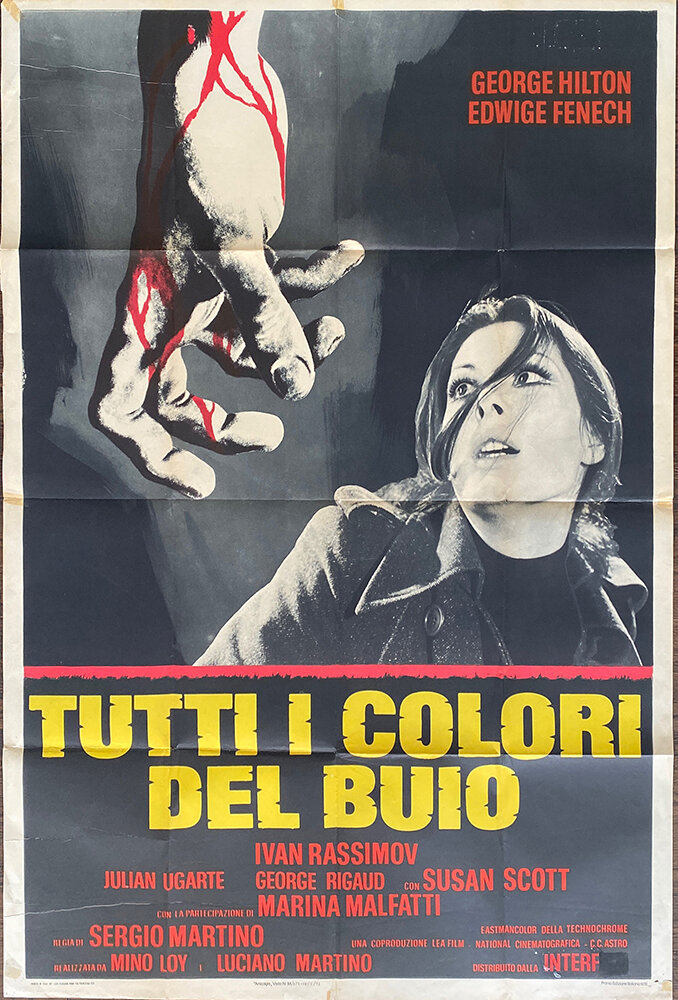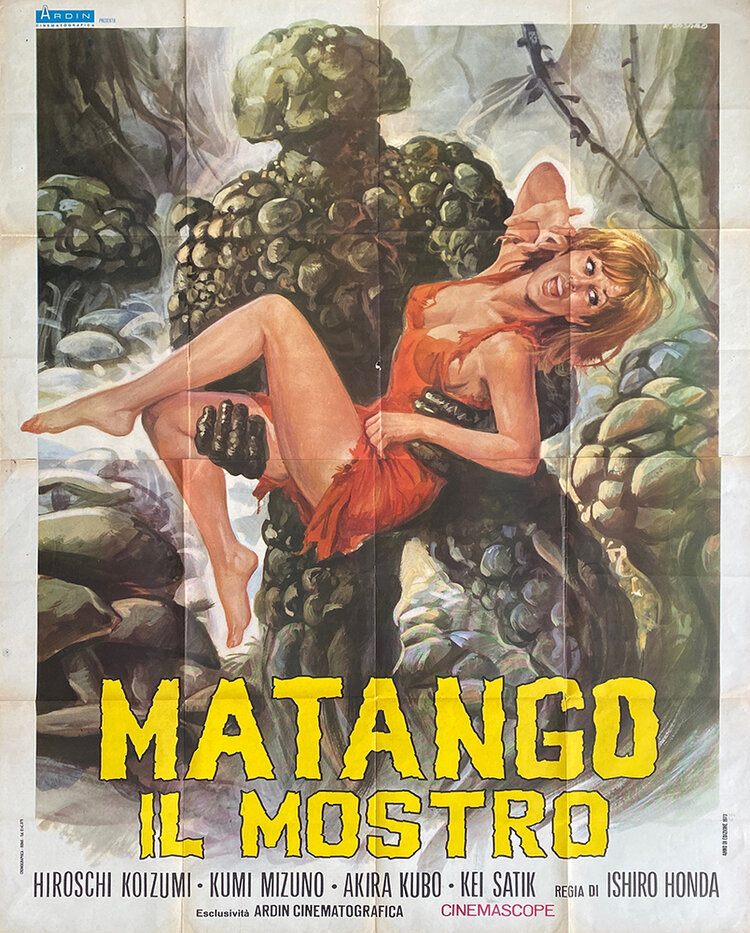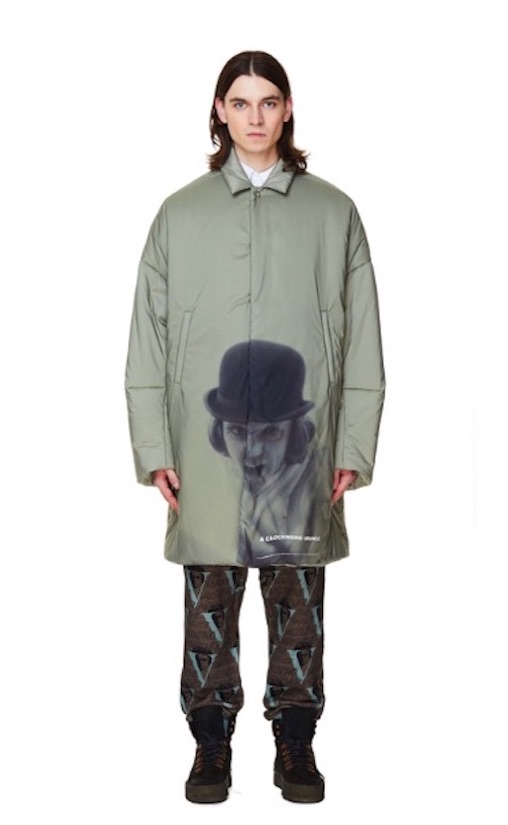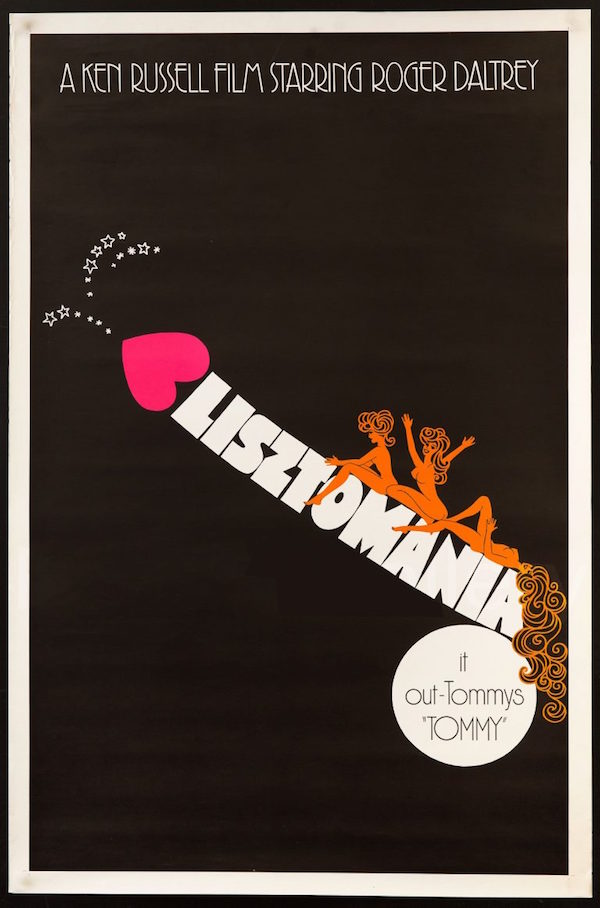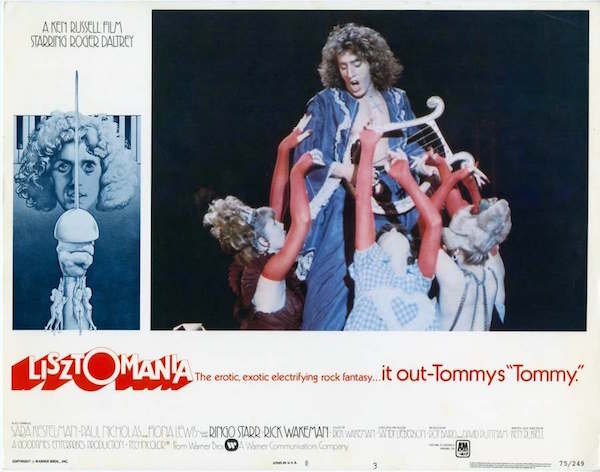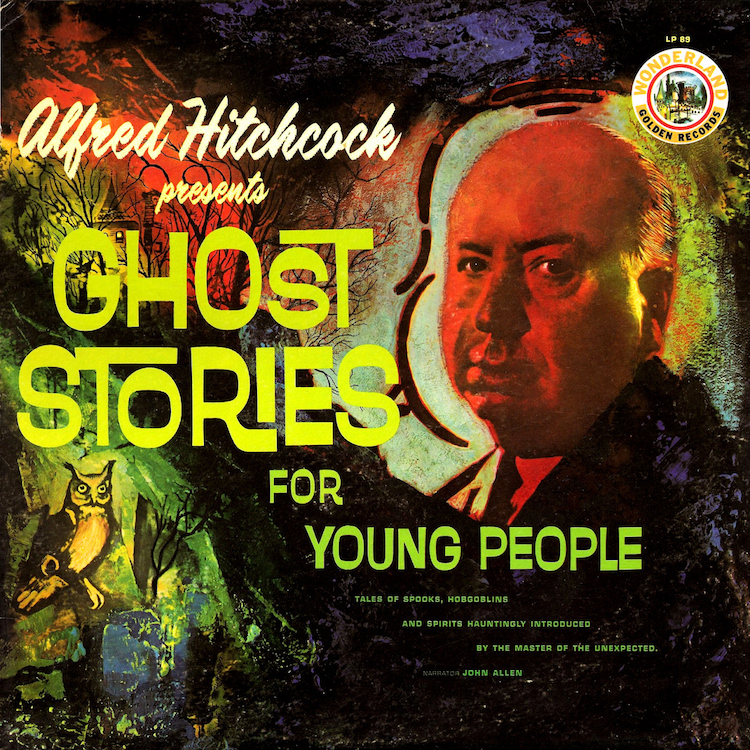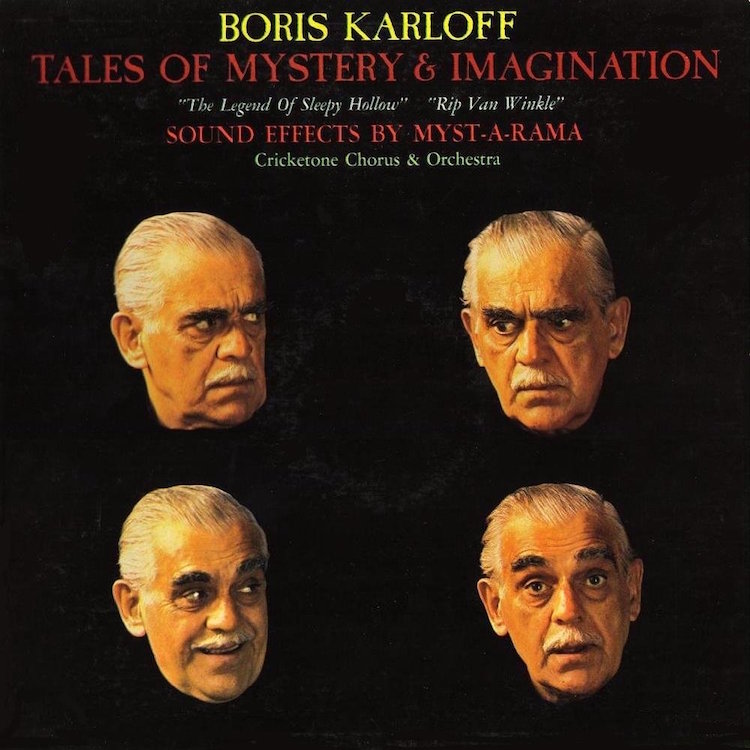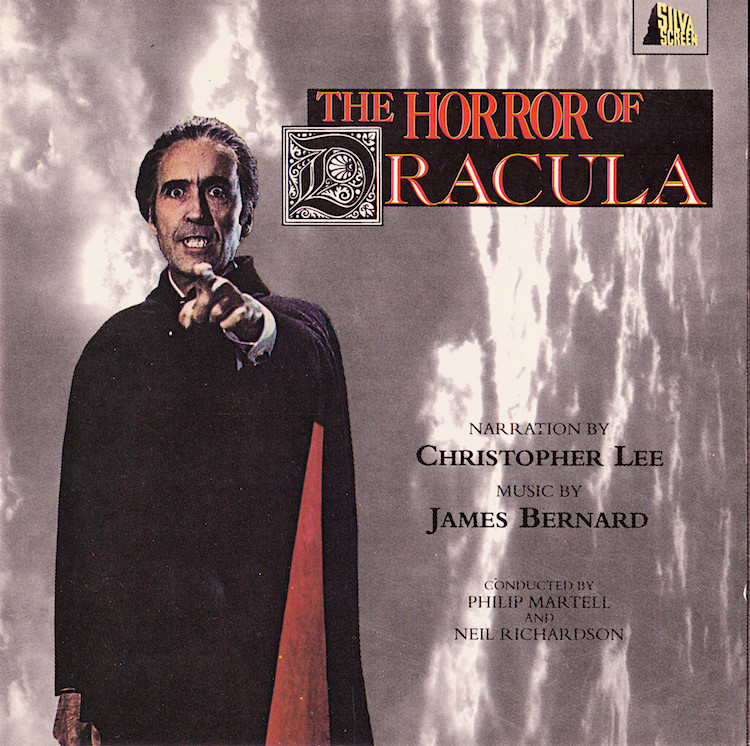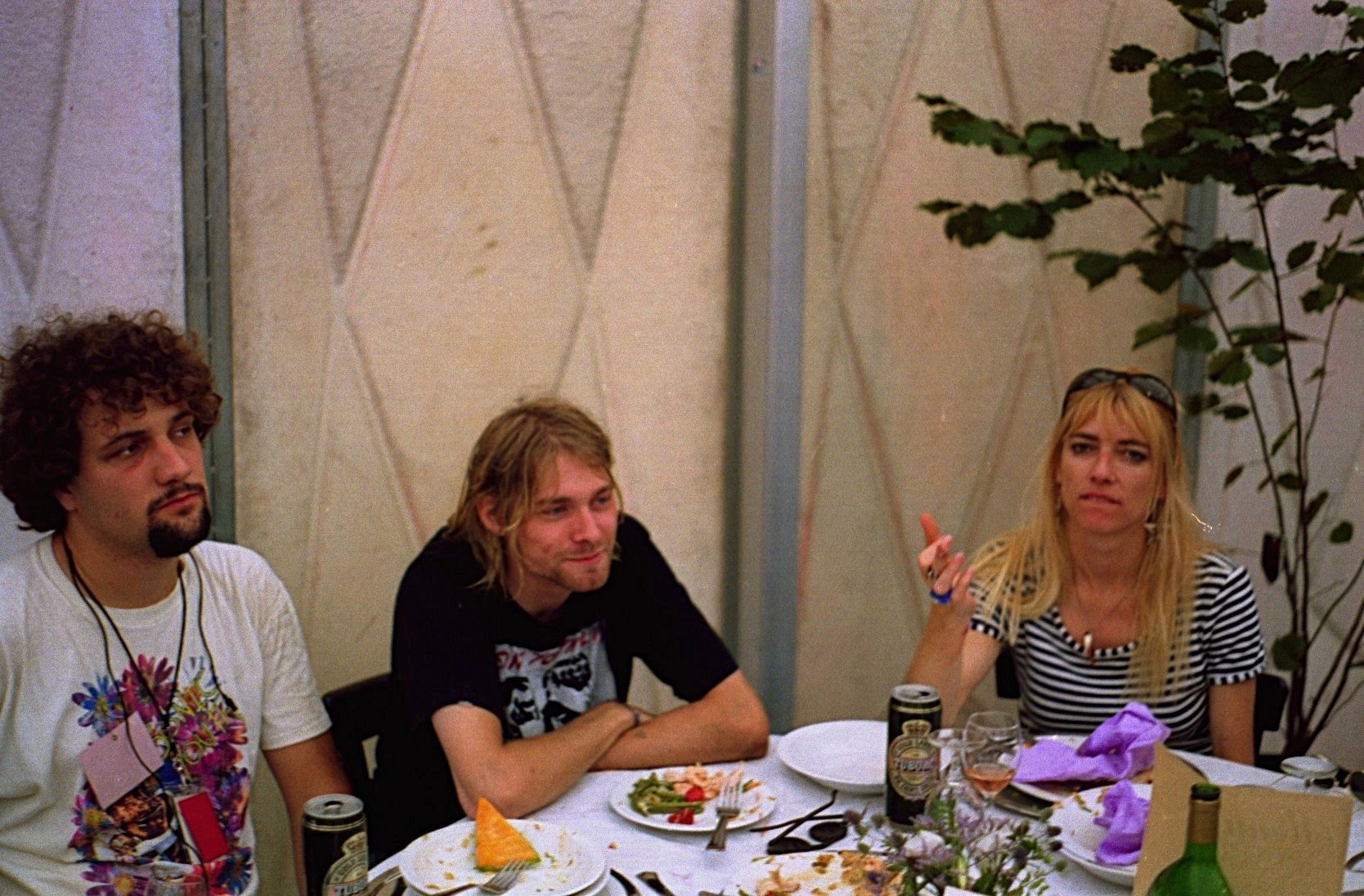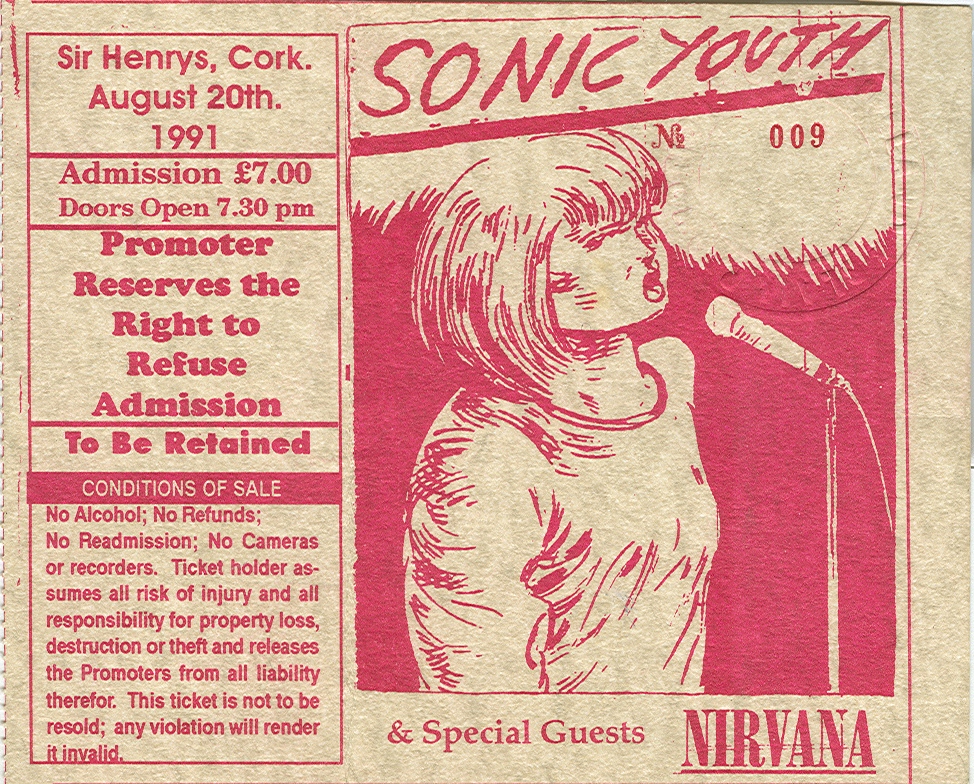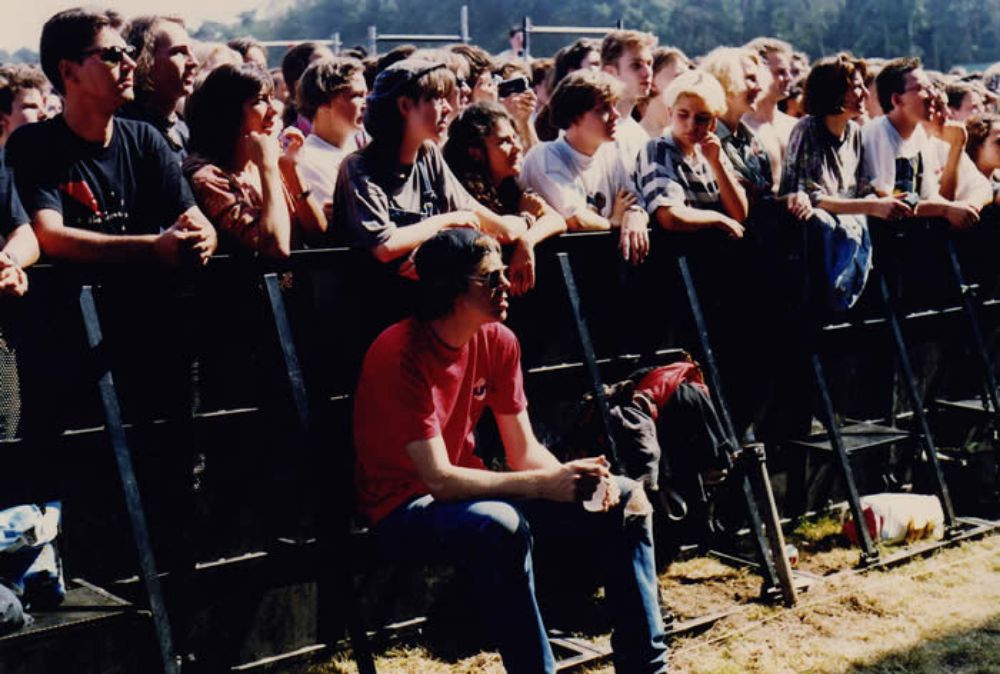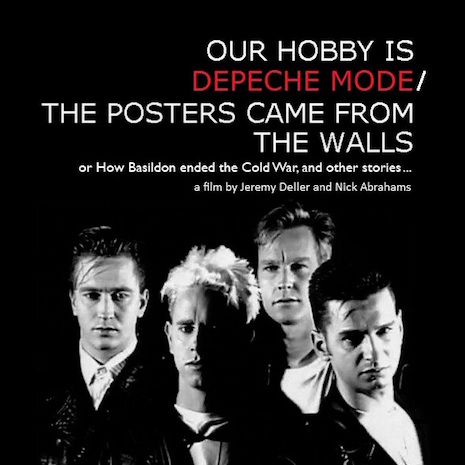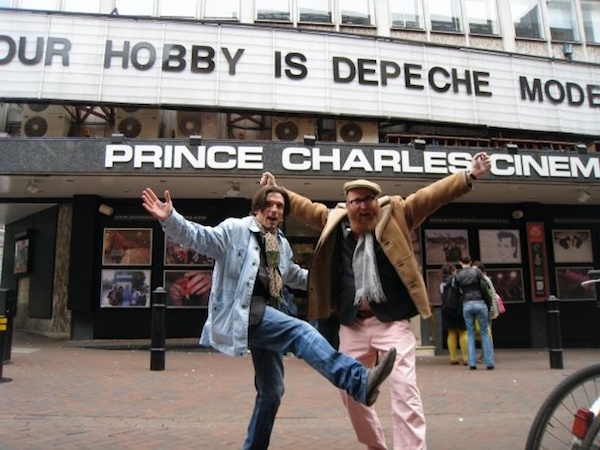
God in Three Persons 2020, courtesy of the Cryptic Corporation
Next month, the Residents will perform their 1988 narrative album God in Three Persons at the Museum of Modern Art in New York. The show will combine new video projections by the artist John Sanborn with a live performance by the Residents and vocalist Laurie Amat, whose contributions to the original LP are memorable.
Homer Flynn, the president of the Cryptic Corporation, has handled the Residents’ affairs since the 1970s. I called him just before Thanksgiving, interrupting his graphic design work on an upcoming release involving the Mysterious N. Senada to pepper him with questions about the Residents’ next moves.
Dangerous Minds: Has God in Three Persons ever been performed in front of an audience before?
Homer Flynn: Well, not in the way that it’s being done now, I’ll put it that way. You know, the Residents always felt that God in Three Persons was probably the thing that they had done that most lent itself into being expanded into more of a theatrical-slash-visual form. And one way or another, they’ve kind of worked around with that for some time now. But what happened was that they made contact with a producer, a guy named Steve Saporito in New York, and, you know, one of the Residents did a solo performance, I don’t know, seven or eight years ago, in San Francisco and New York. It was called “Sam’s Enchanted Evening.” And Steve, that producer, was the one responsible for getting that to New York, and afterwards he asks, “Well, what else are you interested in doing?” And the first thing in the meeting that came up was God in Three Persons. And so, in a lot of ways, that kind of picked up the energy, in that way.
But they did a reading of God in Three Persons for ACT, the American Conservatory Theater, which is a very well-established theater in San Francisco, and that happened, I think, a little over two years ago or a little over three years ago. They got some interest at that, but then the woman who was the artistic director left, and there was a big changeover. And they are still interested, but meanwhile, in between, they’d also been talking to the Museum of Modern Art, and the interest really started picking up there, so the energy started going in that direction.
So in answer to your question, they did do a reading of it at ACT about three years ago; they also worked with an American classical composer and conductor who was doing a museum show at a contemporary art museum in Rotterdam, and they performed some pieces of it with him as part of a museum installation. And then they did some more pieces of it at a performance in Bourges, France, just this past April. So they’ve done pieces of it here and there, but they’ve never done anything nearly as extensive or ambitious as what they’re doing now.

Homer Flynn, courtesy of the Cryptic Corporation
Can you tell me how it compares to the original touring show that was planned? I don’t know how far along that got.
You know, that really didn’t get very far. They had some conversations with BAM, the Brooklyn Academy of Music, oh, back in the late Eighties, about potentially doing God in Three Persons with them. But ultimately, what happened was that, one, they felt like they were not gonna be able to do justice to it in a touring scenario, and then also, two, before anything could happen, they completed their King & Eye album, you know, which was all Elvis covers, and they just felt like that was gonna lend itself much more to touring than God in Three Persons. So at that point they kinda dropped God in Three Persons as a performing piece and moved towards The King & Eye, which ultimately became their Cube-E tour. That was probably about ‘89.
It would probably have been harder in a number of ways to stage God in Three Persons in ‘89. For one thing, you have the video doing some of the work in this version—
Absolutely.
—but also the content. The end, I find it hard to imagine taking that on the road with the ending it has, which I think is still pretty shocking, actually.
Yeah. Well, in some ways, it almost seems like it’s more shocking now than it was then. But it also feels, in a lot of ways, you know, the whole idea of the twins being very gender-fluid—you know, that idea was kind of completely off the charts, at that point, and now it actually feels very much in line with the times, in a lot of ways.
Is [genderqueer porn star] Jiz Lee playing both of the twins?
Yes. Right. Correct. There are a few shots that John did where he brought in another one, another person that looked very similar to Jiz, so there would be some times when both of ‘em were in the frame, and he wasn’t having to do video doubling or whatever. But for the most part, Jiz plays both twins.
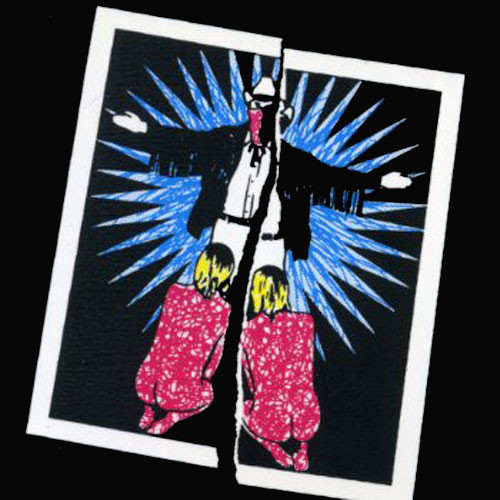
‘Holy Kiss of Flesh,’ the ‘almost danceable’ single version of ‘Kiss of Flesh’ (via Discogs)
I have a sense that the story of God in Three Persons is about show business, more than anything else, and I wonder if the Residents see it that way.
Well, it’s interesting that you would say that. How do you make that connection?
Maybe the horrible celebrity environment we live in has just permeated every last fold of my brain. There’s something about the Colonel Parker aspect of Mr. X, and the road show, freak show aspect of the story.
Well, it’s interesting you would say that, especially given the fact that Cube-E, you know, The King & Eye, with Elvis and the obvious Colonel Parker connection, and then Freak Show were the next few things that came after that.
Right. Elvis is a thread, in a way.
In a way, yeah. The Residents—well, they’ve always found connections in, shall we say, unpredictable ways.
One of the things that’s interesting about seeing what the Residents are gonna do at MoMA is, with this piece, the lyrics carry so much of the story, it seems like there would be a lot of really interesting staging decisions. At some places what’s happening in the lyrics is really explicit, and in other places, I’m not exactly sure what’s going on in the story. Can you tell me about the staging?
In the same way that the original piece is really a monologue set to music, the staging will be similar, but there will be other performers. The primary additional performer will be a shadow Mr. X, who will be a dancer that, at times, will be like a kind of a doppelgänger, in a way, echoing Mr. X. And then, other times, there will be three projections in the performance. One will be the primary projection which will go all the way across the back of the stage. But then there will be another narrow vertical screen that will kind of come up and down, and it will bisect that larger screen. And then there will be a third screen that the shadow Mr. X will carry, at times, and then there will be another performer holding a hand-held projector, in order to project upon the hand-held screen. So that’s the basic setup, from a performance point of view. And then, of course, all the music will be live.
Staging Mr. X with a double: I can’t help but make the connection with the songs that inspired the album: “Double Shot,” which is two, and “Holy, Holy, Holy,” which is about the Trinity. And that’s kind of what the story is about, right?
Right, exactly. Yeah. But, you know, the Residents kind of love dualities, and you see dualities reoccuring throughout their pieces all the time. The twins are a certain duality, and Mr. X and the shadow Mr. X become another duality, and there’s probably other ones in the same piece, too. It all kinda fits in with the Residents’ world.
Much more after the jump…
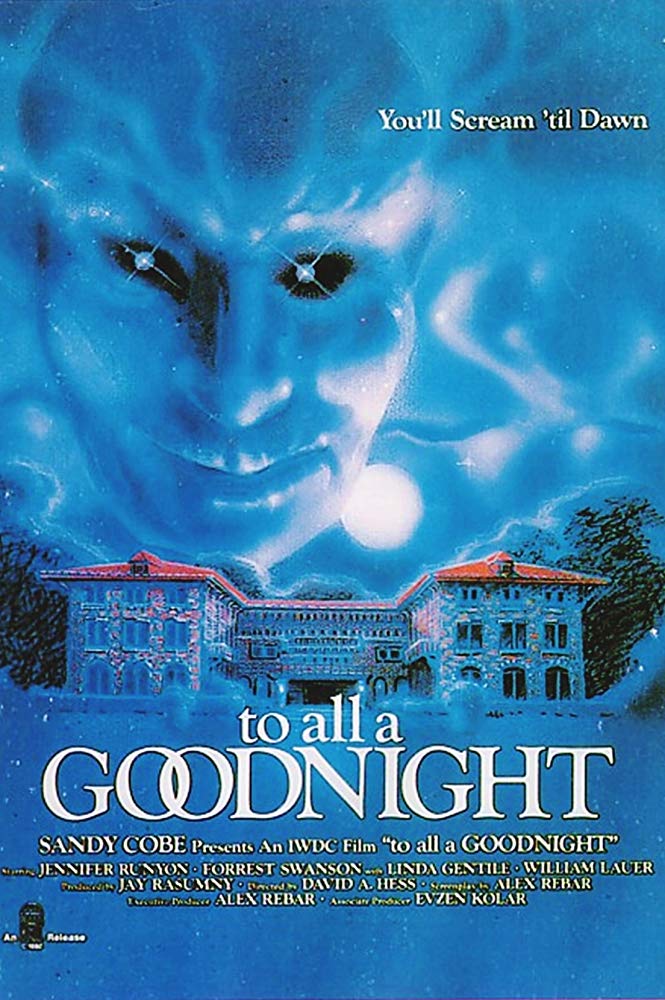
. To All a Goodnight hasn’t been widely seen, and though the flick has duly received its share of criticism from those who have, it’s worth noting for its place in slasher film history.

(1980), the first major slasher film to come out after Halloween
(1978). Incidentally, the killers in both To All a Goodnight and Friday the 13th have similar motives. As far as the homicidal Santa character, the 1/30/80 date also means that it precedes Christmas Evil
(which debuted in November 1980), and by several years, Silent Night, Deadly Night
(1984). Furthermore, To All a Goodnight is one of the earliest—if not the earliest—holiday-themed slasher with a masked murderer to follow Halloween.

(also nicked was the basic premise of young adult women staying at school over holiday break). Though To All a Goodnight doesn’t have a “Final Girl”, per se, the innocent heroine Nancy is certainly Final Girl-esque.
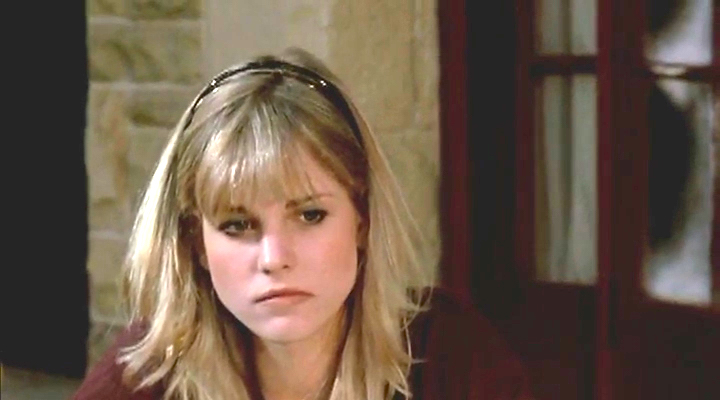



.






